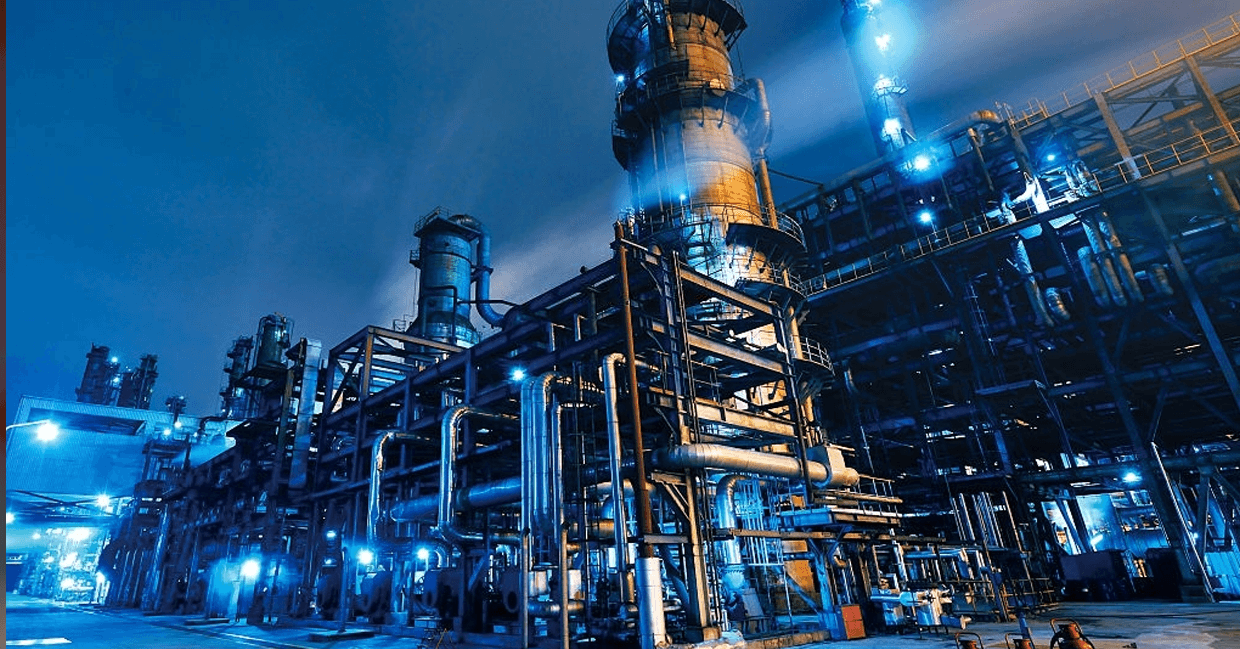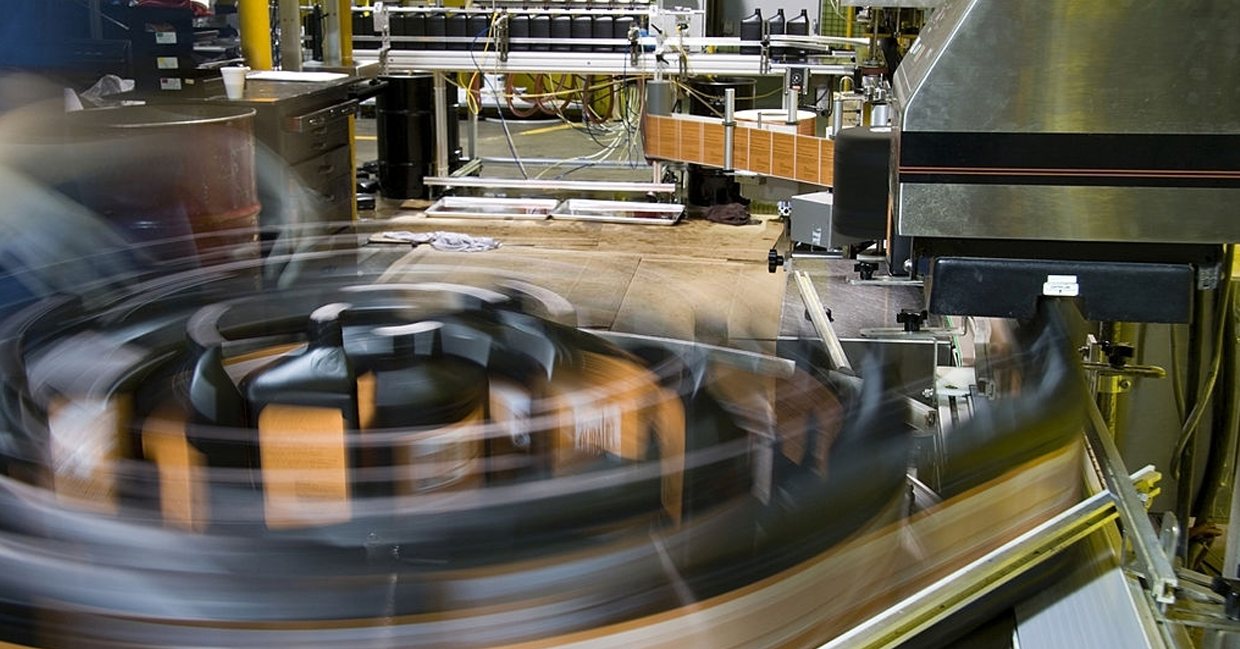HOW THE CITY OF AMSTERDAM REDUCED CO2 EMISSIONS AS PART OF SMART MOBILITY

- 11/03/22
- GRAPES
Overview:
As part of Amsterdam's policy on sustainability and energy, it aims to reduce CO2 emissions by 55% in 2030. The city will phase out natural gas use before 2040, and over the next ten years, they will solely have emission-free road and water transportation.
We want to be a city in which energy is used sparingly, where we only generate energy sustainably, and where we re-use raw materials and resources infinitely. The ambitions of Amsterdam’s governing bodies are clear.
Policy: Sustainability and energy - City of Amsterdam
The transport system in Amsterdam is responsible for one-third of all CO2 emissions, especially from the maritime transport system. The port of Amsterdam, which serves both cruise ships and cargo ships, is located close to the city centre. The electricity supply system of the moored boats similar to most touristic European ports relied on the self-production of energy via on-board diesel generators. These diesel generators emit exhaust gases including CO2 emissions. A project called Ship to the grid is launched with technological support to overcome the challenge.
Regarding mobility on the roads, the city of Amsterdam has decided to launch a program to eliminate internal combustion engines within 30 years by promoting the use of electric vehicles. The initiative aims to bring 200000 electric vehicles on the road by 2030.
APPROACH:
SHIP TO GRID: The "Ship to Grid" project entails the installation of 73 renewable energy distribution units on the banks of the Ij River, with a total of 300 connections. The moored boats can turn off their generators, allowing the city's CO2 emissions to be reduced. Almost 200 ship-board shore power stations have been installed, allowing green energy to replace polluting diesel generators onboard. This project's initial phase is aimed at river cruisers and inland freight vessels. Large ocean-going cruise ships could be added as a future extension of the project.
The shore power is available through connections that use a pay-by-telephone system. With a single telephone call, the captain can activate a connection with the shore power station by entering his code. The connection is deactivated by logging off or plugging out at the connection point and the amount of money owed will automatically be transferred from the vessels account. The CO2 emissions from the used renewable energy are minimal
This project is financed with the support of the European Fund for Regional Development of the European Commission. Organisations involved include Joulz, Utiliq, Liander, Alliander, Royal Haskoning and Port of Amsterdam.
RESULT:
The city has started generating cleaner energy. The smart mobility initiative will see benefits at many levels. By 2030, they aim to be completely emission-free or at least reduce CO2 emissions by 55% compared to levels in 1990.
Recent Post

HOW TECHNOLOGY HELPED GHANA TO GET CLEAN WATER
- 24/11/22
- GRAPES

HOW THEY ARE TRYING TO BUILD THE HAPPIEST CITY ON THE EARTH
- 11/03/22
- GRAPES

HOW THIS GLOBAL BANK USED AI/ML SOLUTIONS TO DETECT CHECK FRAUD
- 13/12/21
- GRAPES

HOW NINJAKART IS IMPLEMENTING TECHNOLOGY TO BENEFIT FARMERS
- 13/12/21
- GRAPES
Copyright © 2021-2024 GRAPES (Global Resource for Automation Projects & Enterprise Services) Privacy Policy | Terms & Conditions | Disclaimer


























_1_11zon.jpg)
_2_11zon.jpg)

